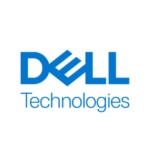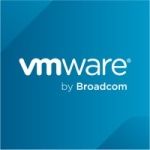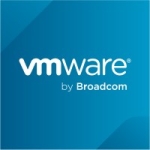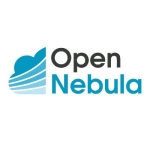We are using Sangfor HCI for cloud computing and operating it as an infrastructure-as-a-service.
We find the topology feature of Sangfor HCI particularly valuable. It allows us to design and define the architecture according to our specific requirements.
We can choose the components we want to use and easily visualize the layout we create.
It would be beneficial if Sangfor HCI provided us with more tools to perform various tasks. Currently, when we need to do capacity planning, we have to rely on Sangfor's support team for assistance. However, if there were dedicated tools available, we could handle it ourselves and increase efficiency.
For instance, Nutanix has some tools called Nutanix sizing tools. I would like Sangfor to offer similar tools specifically for IT sizing. These tools would help us accurately size our infrastructure since we operate on a service basis. We have numerous customers with different needs, and being able to easily size the infrastructure based on specific criteria would be advantageous. Currently, we face challenges in obtaining customer information, as it is not feasible to visit each customer individually and collect data.
Having a dedicated tool for this purpose would greatly improve our operations. I've heard from the community that such a tool exists, but I don't know where to download it or how to access it as a user.
If such features exist, it would be beneficial to understand how we utilize those features, check their functionality, and manipulate them.
We have documentation available for this solution. However, it may not provide detailed information about these specific tools. It's not easy to find comprehensive documentation for this type of tool.
I have been using this solution for more than two years.
Sangfor HCI is a stable solution. I would rate the stability an eight out of ten. It's quite good.
However, there are some points I'm concerned about. Particularly, it relates to the ITC and application delivery controller (ADC). We had pushed out licenses for that component, but we recently learned that it had reached its end of life. We received this information from the community, but we're unsure if it's confirmed. Initially, we implemented it, but later, Sangfor support advised us to discontinue its use. So, we didn't fully deploy that component. As a result, we are unable to achieve load balancing as planned. We purchased the ADC license, but now we can't utilize it.
On Sangfor HCI, you can usually integrate various components, including a virtual ADC. However, in our case, we faced limitations due to the ADC license.
I would rate the scalability of Sangfor HCI a seven out of ten. I haven't implemented all aspects of Sangfor HCI.
Currently, there are around ten end users using Sangfor HCI in our organization.
The customer service and support have been helpful in assisting us with various matters. However, the response time could be better. It should be faster.
We have used Hyper-V and VMware vSphere in our lab environment. In my opinion, Sangfor HCI stands out because of its comprehensive features and very easy to implement, which I haven't experienced with Hyper-V.
The initial setup is simple.
We deployed the solution with the help of Sangfor's support.
The price is a bit better than overall.
Overall, I would rate the solution a seven out of ten. It's mainly because of the sizing tools. When comparing it to solutions like Nutanix, for example, they have already signed and implemented tools that provide more functionality. They offer software-based solutions that can be accessed online, providing greater convenience.
So, having more comprehensive and easily accessible tools is an important aspect. It gives you a clearer understanding of the available space and enables you to communicate with the service providers to ensure better security measures.



















